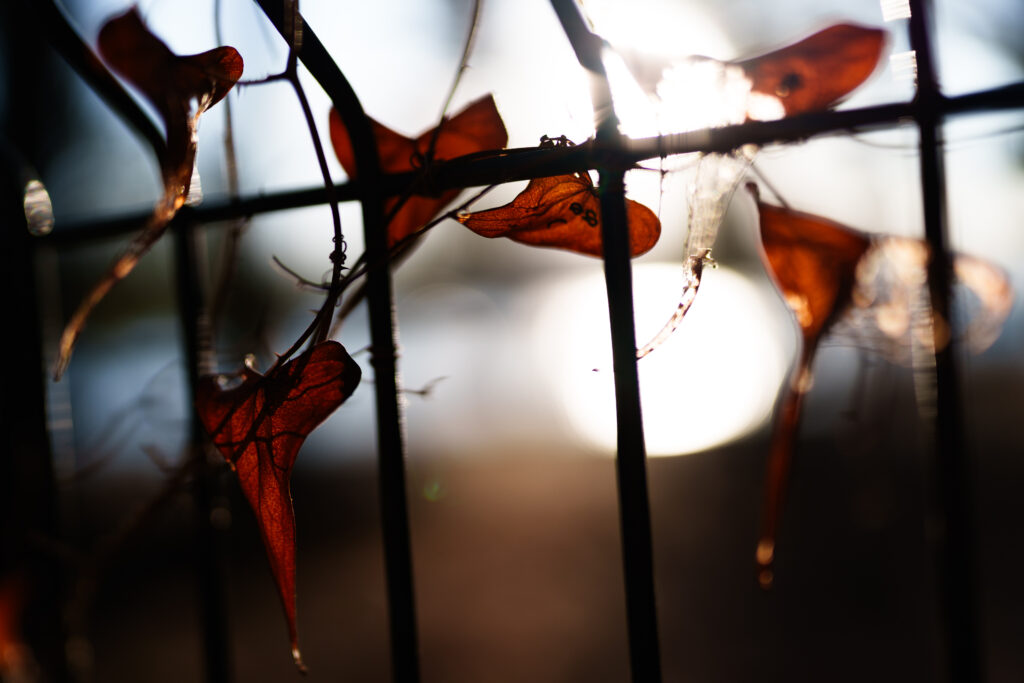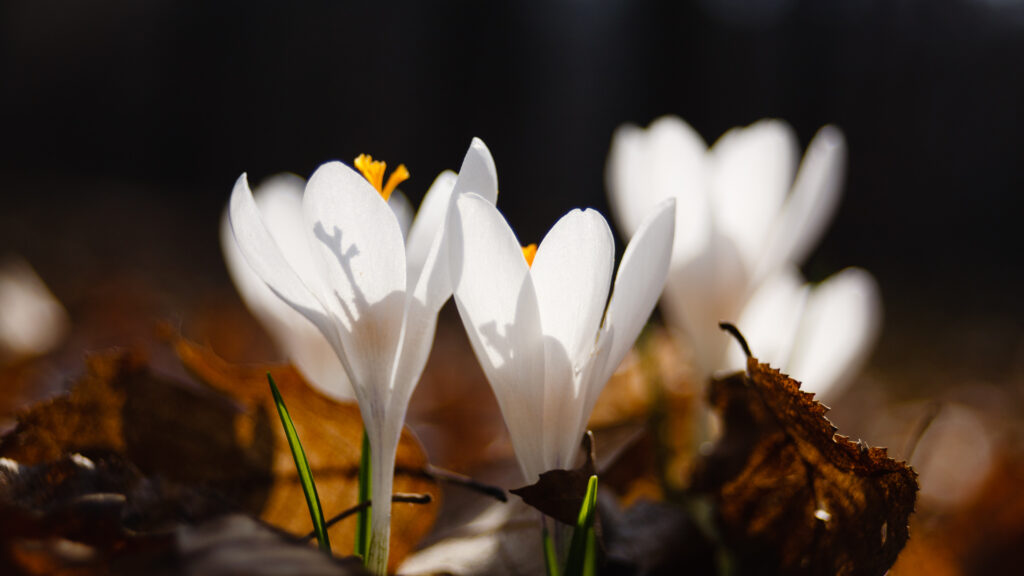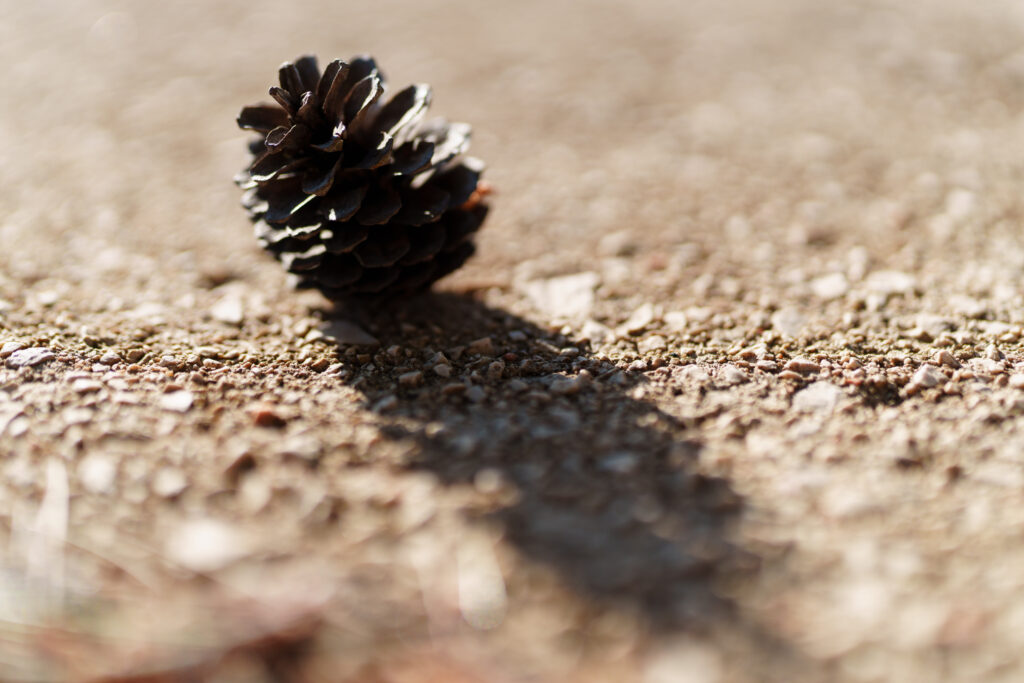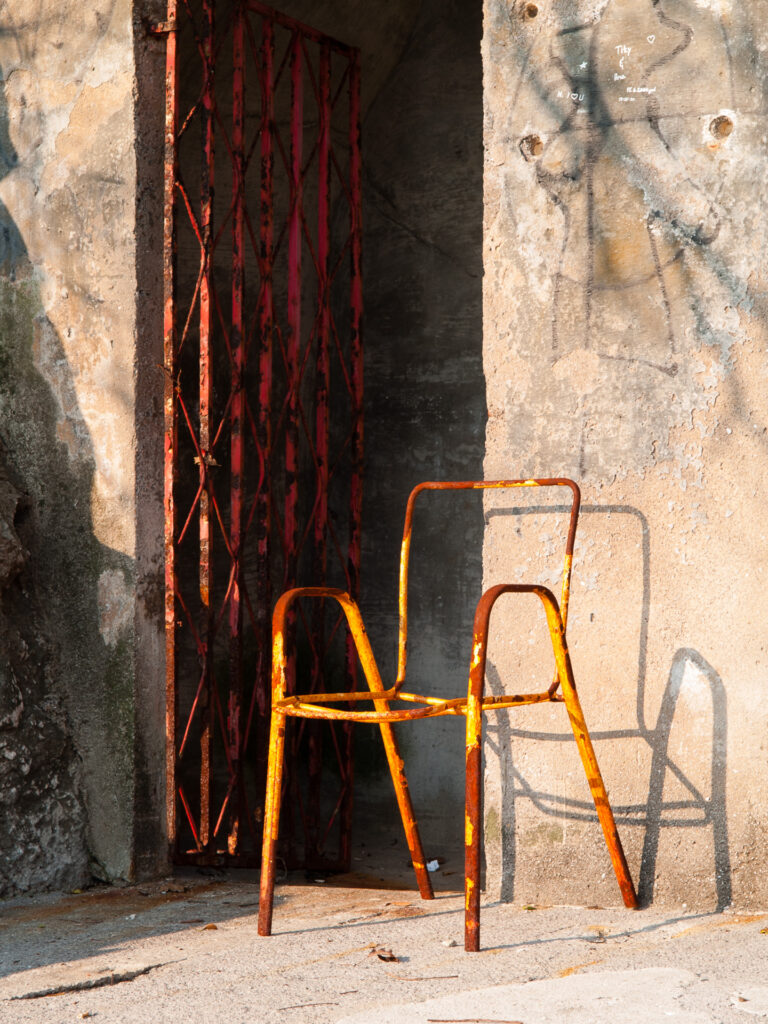I’ve been doing several things lately that caused me not to write anything on the blog, most prominently I’ve been transforming massive quantities of karmic substance. The colloquial term for this would be “spending karma”, but I don’t think it’s appropriate, since the term “spending” has incorrect implications; it implies the Vedantic understanding of karma as some kind of dirt that needs to be removed in order for Atman to shine clearly, which is actually not the case. This is why I will now go into the weeds, so to say, and explain the mechanisms of working with the karmic substance, but assuming you’ve read my more recent books (“The Jewel in the Lotus” et al.) that deal with the basics.
“Dirty” karmic substance is, basically, a karmic aggregate with chaotic and low-energy bonds, that need to be broken, and their energy absorbed along with the constituent kalapas themselves. When you absorb this low-energy substance into your karmic body, it introduces all kinds of low-energy chaos that you need to deal with, basically going through the spiritual process that will “spend” the chaotic and “sinful” element of this through suffering, and you need to raise the overall energy of your system that was lowered by the introduction of the low-energy kalapas. Basically, it regresses your spiritual evolution somewhat, lowering your energy, but adds “mass” to your spiritual body, so when you finish absorbing and transforming it, the energetic body it was absorbed into will be quantitatively bigger. You would expect it to grow bigger by the amount of included mass, but that is not so, because the effort and suffering involved in the process are a positive karmic action, which adds kalapas to your karmic body. The quantity of this addition is quite tricky to calculate, because it’s not a simple function of the “f(x)=2x” type. From what I can tell, the additional amount is at least as big as the size of the karmic chunk that is transformed, so the f(x)=2x is the minimum. However, depending on many factors, it can be much more, but one would have to integrate it across the process, because it varies significantly.
This process is, essentially, a controlled and accelerated version of the standard process of karmic evolution, where a soul gains mass through virtuous efforts, and gains energy level through deeper understanding. The difference is, the yogic karmic transformation is faster, includes temporary spiritual degradation, and is extremely dangerous. How dangerous? Well, if you absorb too much, you can get spiritually lost during the process, and instead of you absorbing the chunk and raising it to your level, it degrades you to its level permanently. You thus gain mass, but lose your spiritual status. Also, if you really lose control, your soul can disintegrate. So, this process is excruciating at best, when everything goes well, and deadly at worst. Additionally, the kind of suffering it causes varies all over the place, but the worst aspect of it is loss of connection with God during the process, because, unsurprisingly, the main characteristic of “sinful”, low-energy karma is absence of connection to God. Also, the chunk in question can produce all kinds of emotions and ideas, that were involved in its creation, so you can imagine that this would be a problem if you’re not used to dealing with all kinds of filth. This is why puritanism of most yogic schools would be fatal here – if you’re not accustomed to being bombarded by all kinds of temptations and overcoming them on a routine basis, but instead your practice consists of removing temptations altogether, here you would find yourself in a situation where you can’t, and are forced to deal with stuff you normally just avoid, and if you aren’t able to deal with it, well, you then have a real problem for once. If your purity isn’t a result of actually facing and overcoming temptations, you will find yourself in a situation where you are literally forced to face and overcome them, in the most chaotic and uncontrolled of circumstances, where your very soul is flooded with chaos and strongly charged emotions, and all the usual tricks applied by the ascetics in order to avoid problems don’t work – you can’t remove yourself from the problem, you can’t empty your mind and wait for everything to pass etc.; you actually have to face the problem and find the actual solution. This is why such a process is an excellent test for actual yogis, who want to test their system for faults across the spectrum. It’s painful as all hell, and is a good cure for all kinds of pride, where people think they are so pure they are above worldly temptations that trouble the common people. As you are immersed in this raw sewage, and have to solve all kinds of “worldly problems” from the exact spiritual position a “worldly person” would have to solve them from, and not just resorting to entering a high spiritual state, because you simply can’t remember that it’s even real, let alone how it’s done, from this polluted state. You basically have to find your way back to God by diving through raw sewage of human sinfulness. It sounds terrible, but it’s probably much worse than it sounds, and explains why Jesus was so fucked during the process; the physical part of being whipped and crucified is bad enough, but not being able to feel God’s presence and instead being flooded by an ocean of sin, yeah, you better be made of God-stuff if you attempt that, or you will be permanently dissolved in this sewage, and your remains swept away. Quite literally, it’s the stuff hell is made of. It’s the fastest known method of spiritual growth, but also the most painful and dangerous. Those who attempt it for the wrong reasons, out of insecurity, pride or vanity for instance, are especially likely to be lost in the process. The best candidate for success here is someone who already went through a grueling, humiliating path in his own spiritual evolution, who is used to hardship, pain, humiliation and failure, and has a deep core of transcendental longing that was built under such pressures, a core that doesn’t depend on understanding, thought, emotion or energy state. Metaphorically, a housewife who learned to be in God while humbly doing all sorts of chores is likely to succeed. A successful career person, strong and emancipated, an “alpha male” or a “strong independent woman”, will crumble and be lost instantly. Literally, the probability of success while transforming a karmic load, for people weak enough to desire worldly emancipation, is zero, or at least has a limit in zero. Imagine yourself being completely socially degraded, thrown into some black ops prison where you are routinely tortured and fed through your arse if you try to kill yourself by refusing food, being treated like human trash without any rights by all kinds of bastards, while your mind is in total chaos, and your emotions are all kinds of dark. Now find your way back to God through that. Sure, that’s what really significant quantities of karma feel like to transform, but you actually want to be on the very limit of your abilities if you want to grow your karmic body quickly. Small amounts of karmic substance produce proportionally lesser suffering, but it’s never a good thing, and if you’re in any way spiritually weak, it will instantly expose your weakness.
So, paradoxically, the way to immense power goes through the darkest pit of hell, and as a result, the one with the greatest power will be the one who is used to the worst kinds of suffering; the souls that grow in what you would call normal conditions can never match this kind of power, which is good, because you actually want one with infinite power to have proved absolute incorruptibility.
Also, a prerequisite for this is to be karmically innocent. If you’re spending your own sinful karma, you’re not doing anything special.





